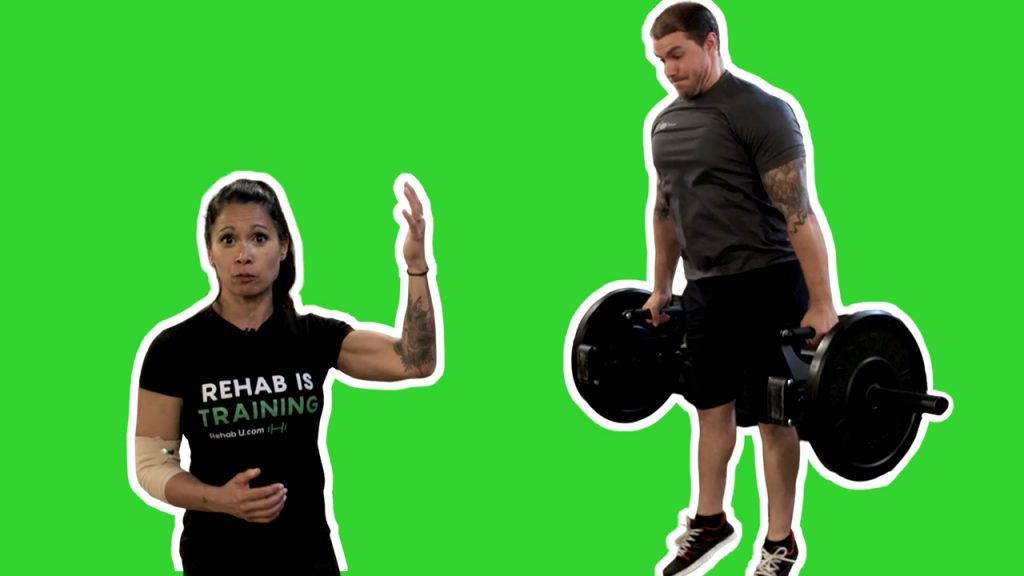NOT EVERYONE SHOULD OLYMPIC LIFT

This week, we explore power training and why Olympic lifts might not be the perfect fit for everyone. While Olympic lifts are often hailed as the epitome of power training, their complexity and time-intensive nature can pose challenges, especially in certain contexts. Whether you’re a coach, athlete, or fitness enthusiast, understanding the broader landscape of power training can unlock new avenues for maximizing performance and minimizing injury risks. Join us as we navigate through the nuances of power development, exploring alternative approaches and tailored strategies to help everyone harness the benefits of power training effectively. Let’s dive in!
WATCH THE FULL VIDEO TO GET ALL THE DETAILS 👇
The Issue with Olympic Lifts:
Olympic lifts are often associated with power, but they are complex and time-consuming to learn. For short-term programs, spending weeks mastering technique may not be the best use of time. When we think of power training, Olympic lifts might be the first thing that comes to mind. However, these lifts demand precision and skill, which take considerable time to develop. Imagine having a group of individuals for a limited period, like a summer camp, where teaching them the intricacies of Olympic lifts becomes impractical. Not only does this eat into valuable training time, but it may also pose injury risks if rushed.
ARE YOU PASSIONATE ABOUT TRAINING AND WANT A CAREER IN THE FIELD?
YES, I WANT TO BECOME A PERSONAL TRAINER
Exploring Power:
Power isn’t just about Olympic lifts; it comes in various forms. Even non-athletes benefit from power training as they age, reducing injury risk. When we think of power, we often associate it with explosive movements seen in sports. However, power is a critical aspect of functional movement for everyone, not just athletes. As we age, our nervous system loses its ability to coordinate powerful muscle contractions effectively. This decline in power can lead to increased injury risks and decreased functional capacity. Therefore, power training is essential for maintaining mobility, stability, and overall health, regardless of athletic aspirations.
Diverse Approaches to Power:
Instead of fixating on Olympic lifts, let’s explore other methods. Reactive strength, for example, emphasizes quick muscle contractions without heavy loads. This can be trained with exercises like depth jumps. A fundamental aspect of power, it focuses on the ability of muscles to rapidly generate force in response to a stimulus. By performing exercises such as depth jumps, individuals can train their bodies to efficiently absorb and produce force in a short amount of time. This not only enhances athletic performance but also reduces the risk of injury by improving neuromuscular control and coordination.
Speed and Strength Variations:
In addition to reactive strength, other components of power include speed-strength and strength-speed. Speed-strength exercises involve moving relatively lighter loads at high velocities, emphasizing acceleration. Conversely, strength-speed exercises focus on controlled eccentric movements followed by explosive concentric actions using moderate loads, enhancing both strength and speed qualities. These variations offer diverse training stimuli, catering to individuals with different skill levels and training goals.
Tailoring Power Training:
Every individual can benefit from power training, but it’s crucial to choose exercises based on their needs and abilities. By understanding the nuances of power development, we can create more effective training programs for everyone. Power training should be tailored to individual needs and goals, considering factors such as age, fitness level, and injury history. For beginners or those with limited experience, focusing on basic power movements like jumps and throws can provide a safe and effective introduction to power training. As individuals progress, exercises can be modified and progressed to challenge their strength, speed, and coordination further.
There’s more to power training than just Olympic lifts. By exploring different shades of power and tailoring our approach, we can unlock greater performance potential in all individuals. Keep exploring, and stay powerful!




Responses